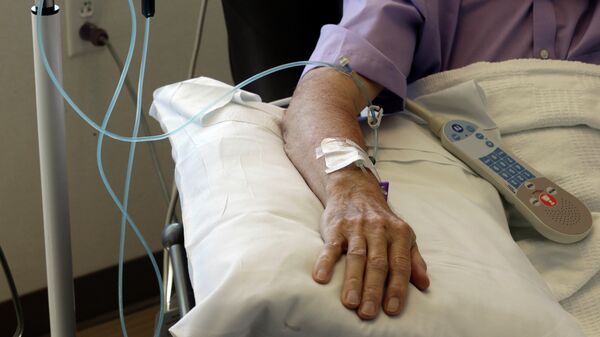The study revealed that hyaluronic acid, a naturally occurring molecule, is responsible for generating gel from free-flowing fluid, putting the squeeze on tumors. Pancreatic cancers produce this acid in very high amounts, and it traps even more water to create a gel, until it jams blood vessels shut and blocks chemotherapy.
The team of researchers led by Dr. Sunil Hingorani, an Indian-American oncologist from the Fred Hutchinson Cancer Research Center in the US, used a special instrument known as a piezoelectric catheter to take a deeper dive into pancreatic tumors. Unlike older, more commonly used instruments, tool was able to detect pressure in tumors that is usually overlooked. To the researchers' surprise, the machine registered the tumors as having internal pressure of up to 100 mmHg. "That's equal to the pressure the heart uses to pump blood through the entire body. It's definitely enough to collapse capillary blood vessels," said the study's first author Dr. Christopher DuFort, a postdoctoral researcher at Hingorani's lab.
"We've described this in one specific example in the pancreas, but there are other tumor types that have high levels of this unique molecule [the hyaluronic acid]. So it could be warranted to look at this in other contexts as well," said Dr. DuFort.
Nailing down the source of the high internal pressure of pancreatic tumors opens up many avenues — for research, and for optimism, concluded Dr. Hingorani.



